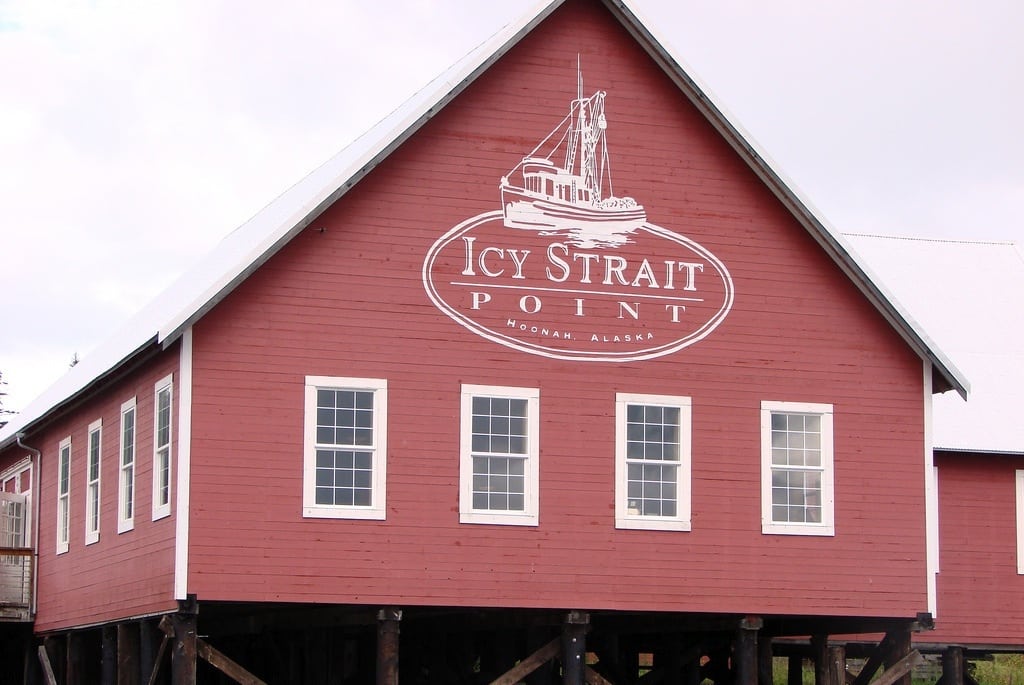Native Alaskan tribes use tourism to turn a profit and keep traditions alive

Skift Take
Turning small native communities into an attraction is one way to boost sales taxes and create jobs, but it can also turn tradition into a show and create a fresh batch of problems like draining resources and pollution.
An Alaska Native village corporation that operates a popular cruise ship destination has launched a commercial consulting service for others seeking help developing their own cultural tourism ventures.
Huna Totem Corp. opened Alaska Native Voices on Wednesday. Huna Totem is the village Native corporation for Hoonah — a largely Tlingit community of 775 in southeast Alaska — and one of the front-runners of tribal tourism, a growing trend in Alaska and nationally.
The corporation is entering the 10th year of operating its Icy Strait Point, a long-closed salmon cannery near Hoonah that was converted to a tourism complex with offerings that include Tlingit herita
